Introduction to Spatial Audio
The Spatial Dimension in Natural Sound
- Width: left ↔ right placement of sounds
- Height: perception of vertical position
- Depth: distance and front-to-back layering
Natural Sound in Outdoor Environments
- Multiple sound sources with unique locations and qualities
- Natural blending creates a diffuse soundscape
- Contrast between background ambience and identifiable events
Natural Sound in Indoor Environments
- Reflections shape how sound is perceived
- Reflections reveal size and character of the space
- Contrast between direct and reflected sound is key
Guess the Environment?
Guess the Environment?
Guess the Environment?
Guess the Environment?
Guess the Environment?
Sound Intensity in a Free Field
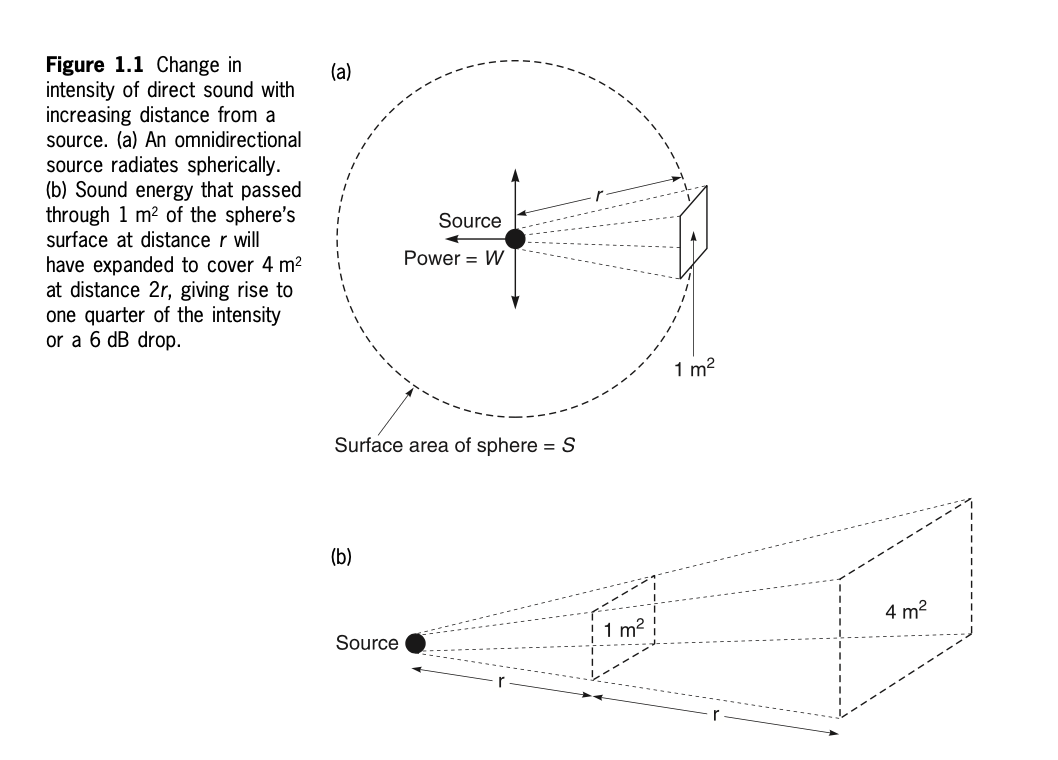
Sound Directivity
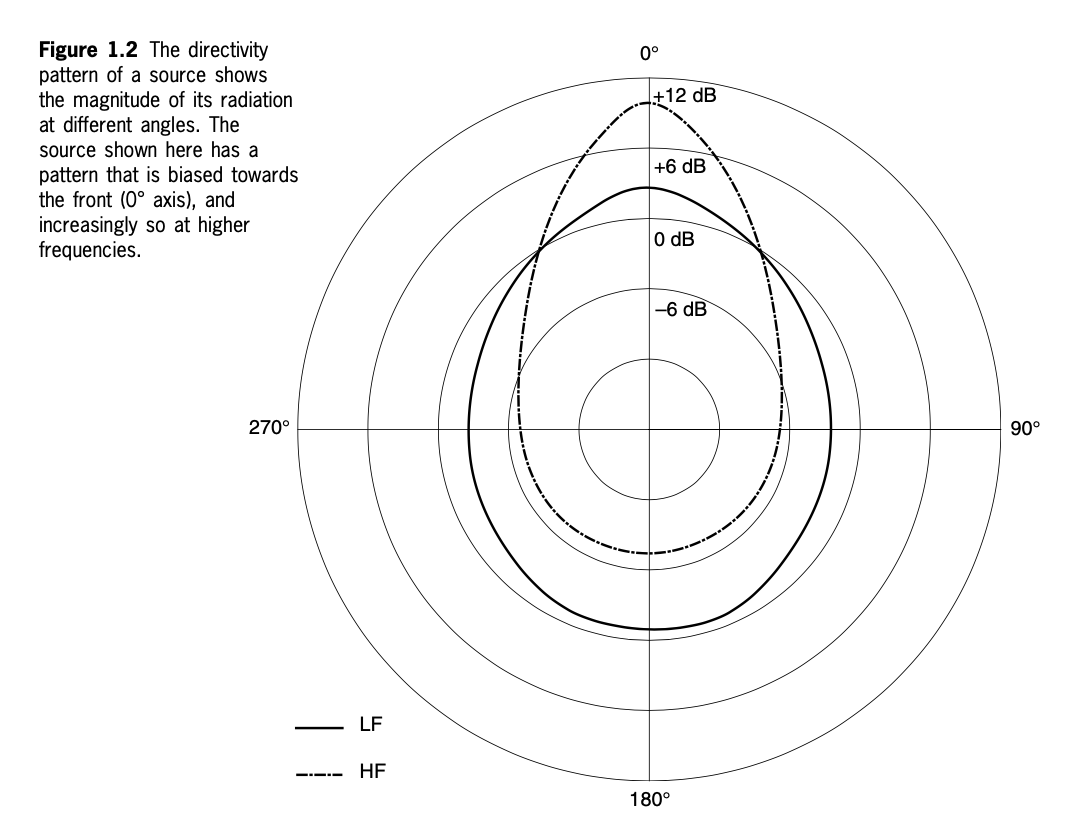
Real-World Examples of Directivity Patterns
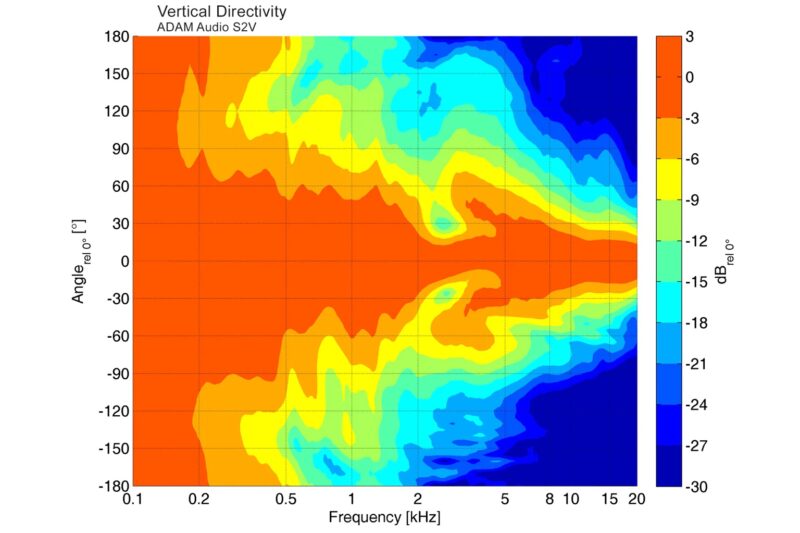
Real-World Example: Tuba Directivity
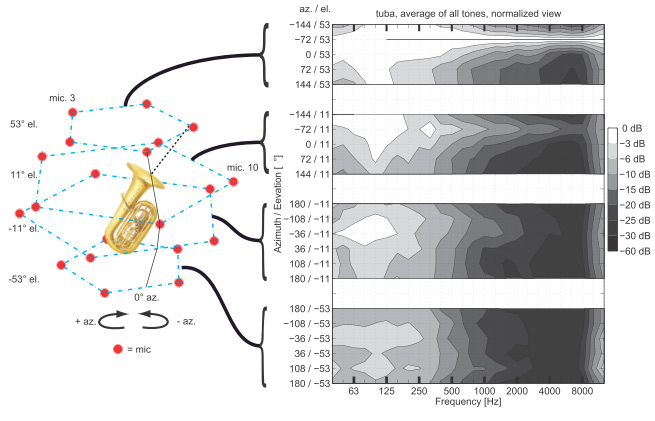
Sources in Reflective Spaces

Introduction to Spatial Reproduction of Sound
- Two aims: recreate real acoustic spaces or design imagined spaces
- Three approaches: channel-based (stereo, 5.1), object-based (e.g., Atmos), scene-based (Ambisonics/HOA)
- Two delivery modes: loudspeakers (room-interactive) and headphones/binaural (HRTF-based)
Early Sound Reproducing Equipment
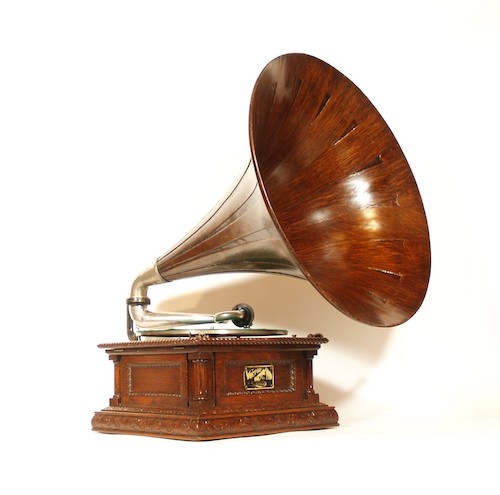
The Théâtrophone: An Early Stereo Transmission
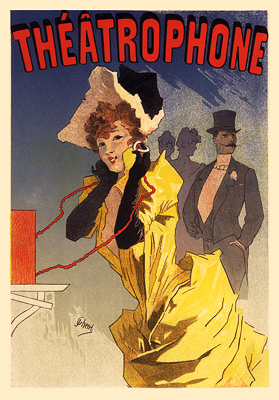
Bell Labs in the 1930s
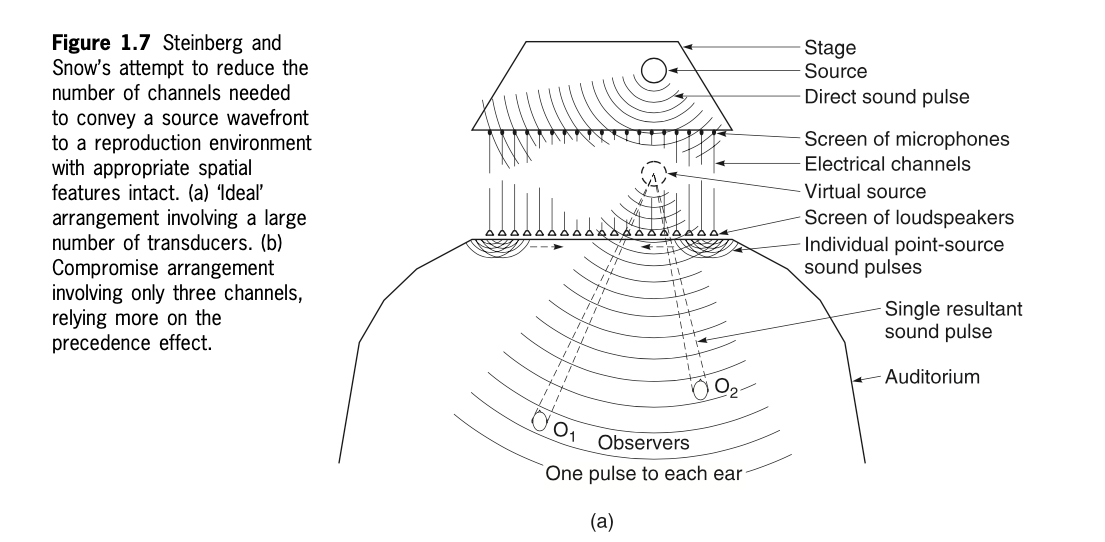
Binaural Recording
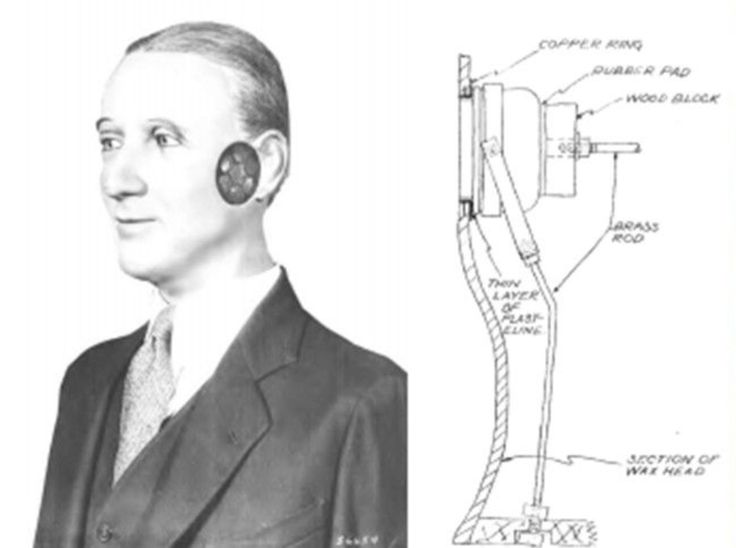
Ambisonics
- Developed in the 1970s
- 360° Sound Field (Including height)
- Key Contributors: Peter Fellgett & Michael Gerzon
- Applications: Virtual reality, immersive audio
For more, visit: History of Ambisonics
The Home Cinema and ITU-Standard Surround Sound
Applications of Spatial Audio

- Military Communication: Enhances situational awareness in combat by spatializing voices, reducing cognitive overload.
Example: Spatial Audio in Tactical Communication - Teleconferencing: Improves clarity and reduces fatigue in multi-participant remote meetings by spatializing voices.
Example: Spatial Audio in Remote Conferencing - Education: Enhances learning experiences through spatial audio in immersive virtual environments.
Example: Spatial Audio for Education - Therapy and Stress Reduction: Used to reduce stress and anxiety in clinical and non-clinical populations.
Example: Spatial Audio for Stress Reduction